Art revived with government support
Updated: 2014-11-21 15:23
By Phuntsog Tashi and Palden Nyima in Lhasa(China Daily USA)
|
|||||||||
Statistics show there are 119 Tibetan opera troupes in the Tibet autonomous region, including one government-funded professional opera troupe.
"The art of Tibetan opera was revived over the last decade with the support of the government," said Sangye Tondrub, a researcher of Tibetan opera and the editor of Tibet Art Study.
Sangye Tondrub said the support of the government has increased over the past decade, although academic research on Tibetan opera still needs to be strengthened.
He said formal academic research on Tibetan opera began only after Liu Zhiqun - a famous contributor to studies of Chinese opera - wrote a section on the basic situation of Tibetan operas in one of his book in the 1990s.
"The book is called the Tibetan Volume of the Chinese Opera Annal, and can be considered the foundation of Tibetan opera studies," said the 37-year-old.
Gonbo Tsering is a graduate student of Tibetology at Tibet University who has read about Tibetan opera in his studies.
"As part of Tibetan traditional culture, I have seen many articles on Tibetan operas that were published in various Tibetan magazines, and we can see that the range of research fields on Tibetan opera is increasing," he said.
Sangye Tondrub said such research has been growing in recent years, but still needs to be explored in more depth. Currently, Tibetan opera performances are divided into traditional versions and stage versions.
The duration of the opera differs from seven hours up to seven days for the traditional version, while the stage version usually lasts less than 150 minutes, and each receive different audience reactions.
"The operas performed on stage mix traditional dances and songs with opera, and these two need to be separated clearly," said Tendar, an master of the Jormolung Opera Troupe in Tibet's Doilungdeqen county who is in his 70s.
But Sangye Tondrub, the young researcher, has a different opinion.
"We cannot say which is better than the other, because the audience for the two styles is different. The stage operas are mostly targeted to people who live in the city, and follow the regulations of stage art," Sangye Tondrub said.
He said the traditional operas are usually performed in the fields or on the grasslands in relatively remote areas, where the tempo of the villagers is relatively slower.
Traditional operas are usually performed in three parts - a prelude, main body and conclusion - complemented with audience participation, such as presenting the ceremonial white silk scarves called hada to performers, and making donations.
The staged versions mainly focus on the main body content of the original opera.
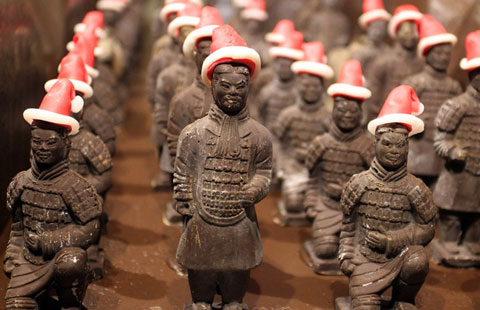
 Chocolate warriors with Christmassy characteristics
Chocolate warriors with Christmassy characteristics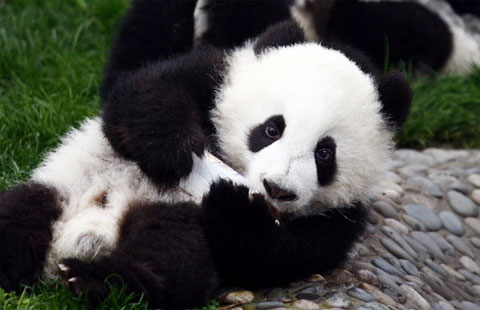
 Trending: Panda beating video triggers outrage
Trending: Panda beating video triggers outrage
 Culture Insider: 7 things you may not know about Minor Snow
Culture Insider: 7 things you may not know about Minor Snow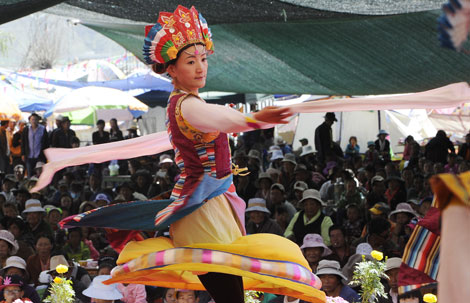
 Practitioners adapt old operas to fit modern lifestyles, tastes
Practitioners adapt old operas to fit modern lifestyles, tastes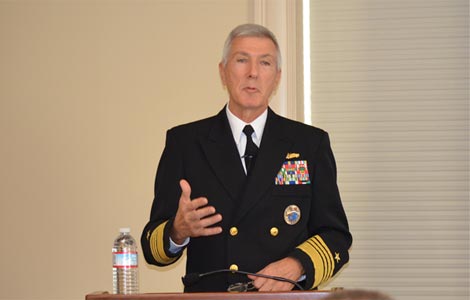
 The future of the Asian Pacific
The future of the Asian Pacific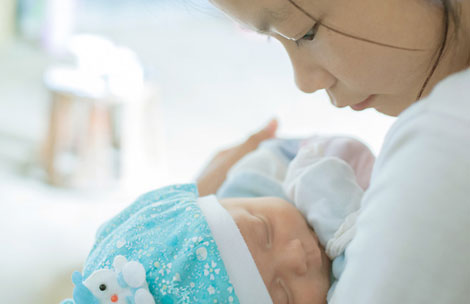
 Early start to family life
Early start to family life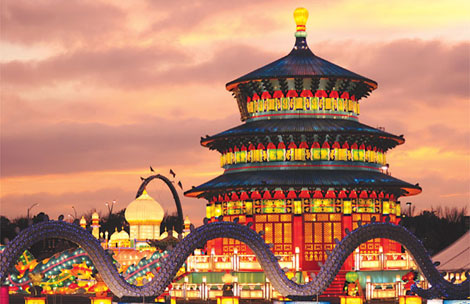
 Chinese lantern festival is coming to California
Chinese lantern festival is coming to California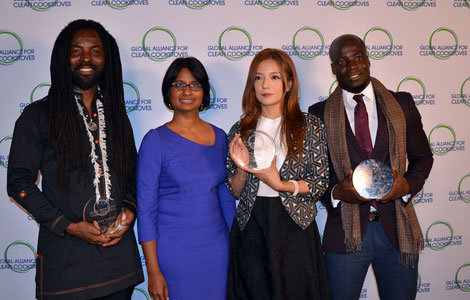
 Across America over the week (Nov 14- Nov 20)
Across America over the week (Nov 14- Nov 20)
Most Viewed
Editor's Picks

|

|

|
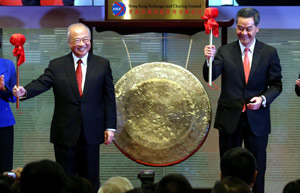
|
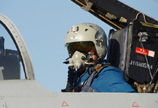
|

|
Today's Top News
China's interest rates cut to bolster growth
Strong earthquake hits SW China
Banner year for US, NYC real estate investment: Panel
Obama takes executive action on immigration
China's central bank cuts interest rates
Chinese lantern festival is coming to California
Cookstove technology key in fighting pollution
Chinese supercomputer still top-ranked
US Weekly

|

|








